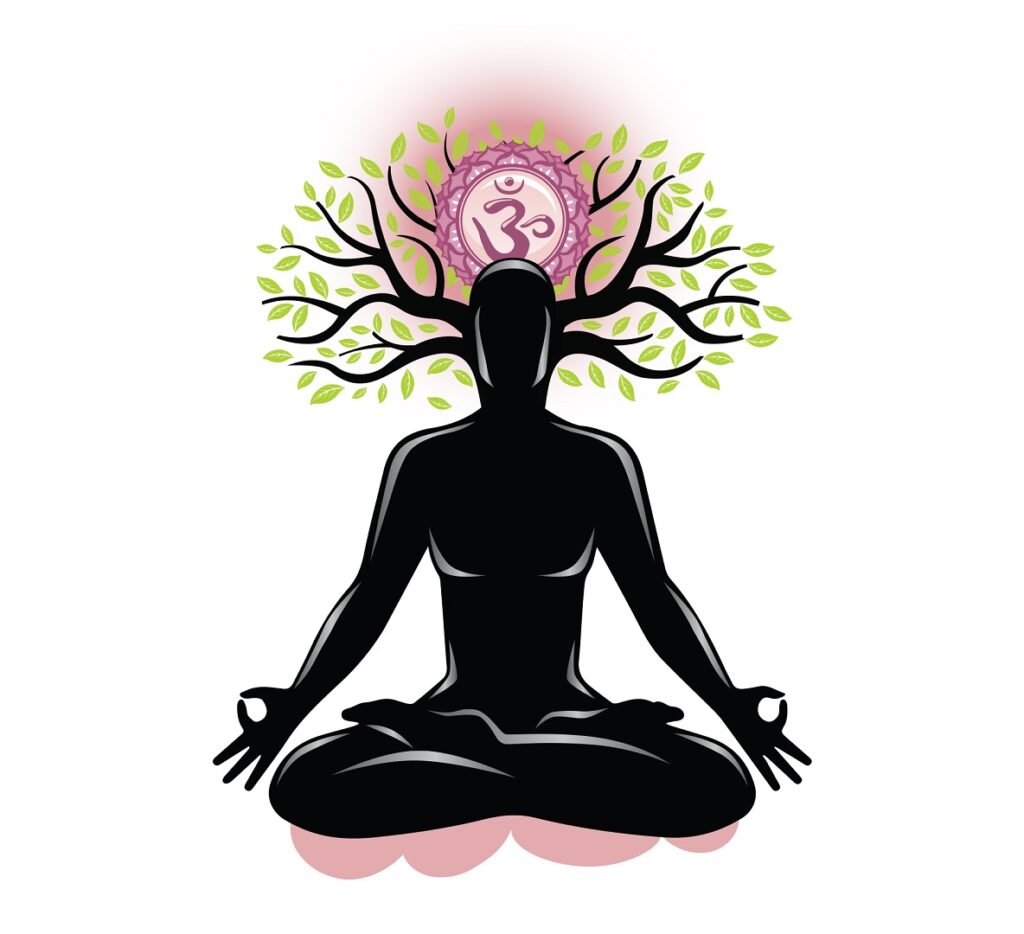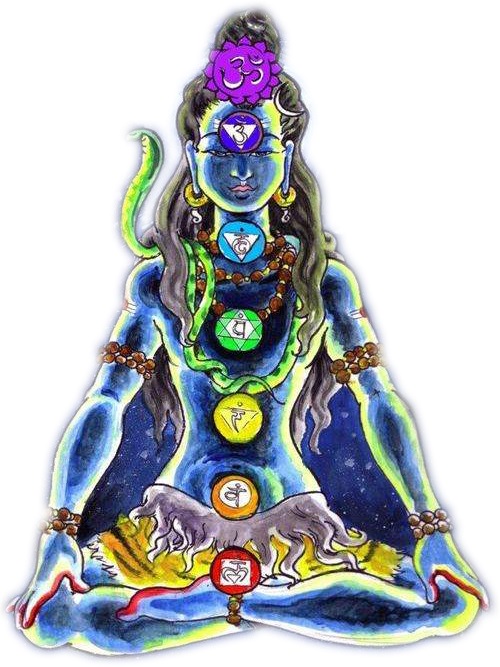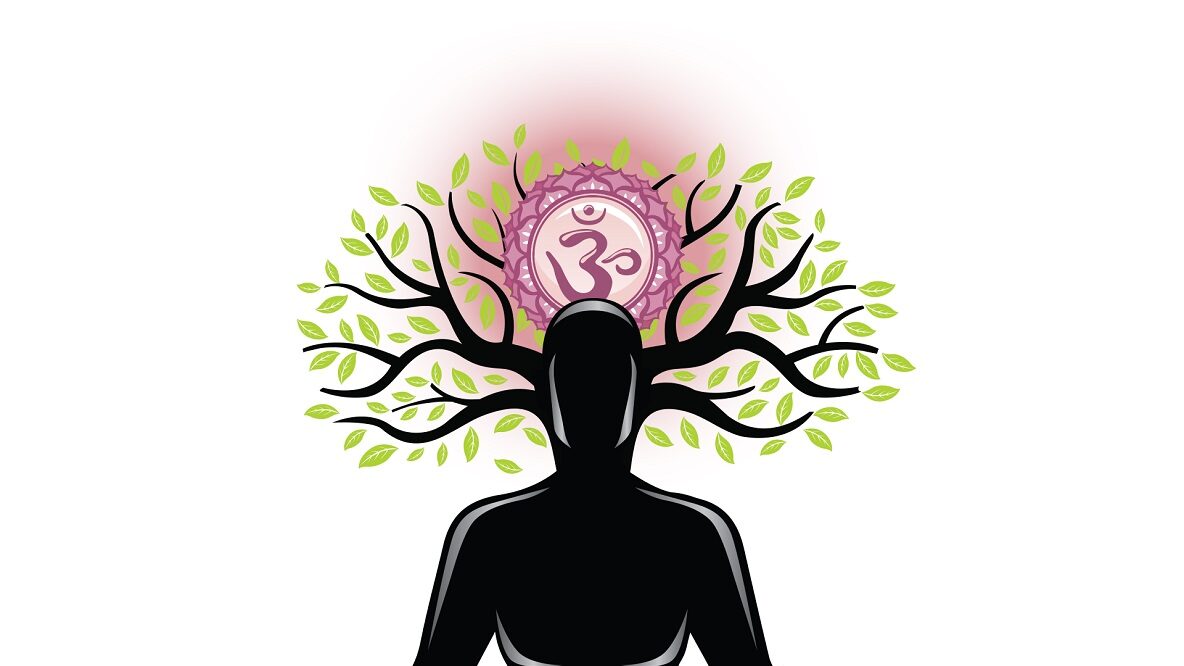What is Samadhi?
3 Reasons Why Samadhi is Such a Mysterious Concept

Samadhi is the final limb of the eight-limbed path of Yoga (Ashtanga). The other seven limbs include ethical guidelines, prana control, asana mastery, concentration, etc. Although most yoga literature lists the eight limbs of yoga in the same order, the yogin does not have to follow that order. You do not have to master one limb and then move to the next one. Everyone has a unique way of tackling them. But the last one, Samadhi, definitely requires mastery of the other seven limbs.
Samadhi refers to the stage of enlightenment/transcendence. A state where the yogin is in absolute bliss and liberated from all limits.
There are many other descriptions of Samadhi, and all sound this fantastic and this untangible. Moreover, it is not even something we do not regularly experience. Many yoga scriptures tell us that we actually experience Samadhi during deep sleep. The part of the sleep that we do not remember. I know, ironic, right? Well, it is not. It makes sense. We are talking about a state of transcendence, so of course, our conscious mind won’t have access to it. This is why yoga talks about supra consciousness or higher mind.
Let’s redirect our attention to our focus here. We know that Samadhi is not a painless state to achieve with an awake mind. But why all its descriptions are so elusive. Why there are so many people who are not sure if they have ever experienced Samadhi.
1. Transcendence
The experience of Samadhi is a transcendent one, which means that it does not belong to the limits of time and space of our reality. It is unlike any image we have ever imagined or seen.
I can describe a handstand; I can show you a handstand; I can tell you about how it feels in my body. And you will have an understanding of the pose. I can also tell you what it means to be locked in a room and not free to go out. Maybe you will remember the time when the lock broke, and you were trapped in the bathroom that one time. And you will come up with an idea about how it feels like to be locked up for a longer time.
But I cannot tell you how it feels to go beyond the limits of time and space and ego. We do not experience things that are similar to that. Even if we did, there is no being sure about it.
Usually, when we read or hear the descriptions of Samadhi, we feel a craving. We feel a calling that is coming from somewhere we do not know where. It creates discomfort in our being. At this point, many people make a choice. They either suppress the craving or begins a lifelong journey of searching that place.
2. Limits & Language
Another reason why Samadhi is such an elusive concept is related to language. Language is all about definitions, drawing boundaries around what a thing is and what it is not. In Samadhi, all boundaries dissolve. It is a limitless and definitionless state. Samadhi is the opposite of language.

One of the best ways to describe what happens to the yogin during Samadhi is this: You dissolve into nothing and expand into everything simultaneously. But probably the best way is to say nothing. Samadhi is beyond descriptions.
Tat Tvam asi. (You are that.)
3. A beautiful irony
There is a story about Ramakrishna, where he tried to describe Samadhi to his disciples. He starts describing steps towards Samadhi in detail. As he comes to the part about his experience of Samadhi, he finds himself in the state of Samadhi, and words vanish. He tries again and again, without success.
I love this story because, besides other things, it underlines the power of words and vibrations. An accurate description of Samadhi will take you to the Samadhi. But uttering such a depiction is not possible without being absorbed in Samadhi. That is just beautiful.
Every yogic scripture reminds us of the power of our actions, including the vibrations we create through our thoughts and words. Through those, there is a path to Samadhi but no shortcuts. Keep practicing yogins the path is beautiful.
Embody the Sacred within
Yoga Alloy

